Rome is one of the most visited cities in the world attracting around 10 million tourists every year. A visit here has been on our ‘to do’ list for ages so we were really happy to be able to visit at last. We had great expectations and this beautiful city certainly delivered!
During our stay, due to Covid 19, and particularly as our visit was during the Christmas/ New year period that would normally involve many celebratory gatherings, there were ever-changing rules and regulations to adhere to.
Most museums and public buildings were closed and bars and restaurants were operating with very limited opening times. However, as Rome basically is an open-air museum, there are so many things to see and experience simply by walking the streets. We had a great time and would definitely recommend it to everyone.
Where does Rome get its name?
There is a myth that says that twin brothers, Romulus and Remus, were abandoned on the banks of the river Tiber. A mother wolf came across the twins and took care of them until they could look after themselves, feeding them with her own milk. Later, Mars, the God of war told the boys to build a city on the spot where they had been found. They did this but during the process started to fight. Romulus ended up killing his brother and then named the new city after himself. If you look carefully you will see evidence of this story all around the city

Here are just a few of our favourite things that we got to eat, see and do during our month in The Eternal City.
1 – Garbatella

Garbatella is the district where our accommodation was. The location is perfect for a visit to Rome. It is very easy to get to from either of the two airports, Fiumicino or Ciampino.
It also has its own metro station which makes it very easy to reach all of the attractions you may want to see in the City. I have written more information about the district of Garbatella here
2 – Trastevere

This was our favourite district in Rome. It’s very close to The Vatican City and consists of a labyrinth of narrow streets to explore. It’s a hotspot for tourists but also still very ‘lived in’ so don’t be surprised to see someone’s washing hanging above you as you stroll through the streets.
The whole area has an authentic feel to it and the turning of every corner reveals another church, museum, eatery, bar or coffee shop that you have not seen before.
When we return to Rome this is definitley the district we will choose to stay.

3 – Pizza

Italians really do have the best pizza in the world, and when in Rome you really do have to do what the Romans do. So we ate a lot of pizza! It is going to take a lot of running to lose the extra weight we gained during our visit!
We only managed to try take-away due to the Covid restrictions on restaurants. The shops usually have a good range of pizzas ready-made on display and sells them by weight. You select the prefered variety you want and give some indication of how big a slice you want. The seller then weighs it before giving you a price.
It can be difficult to judge how much your slice is going to weigh, and hence how much it’s going to cost you and it is not cheap so don’t get carried away with your portion size!
4 – Fruit & Veg
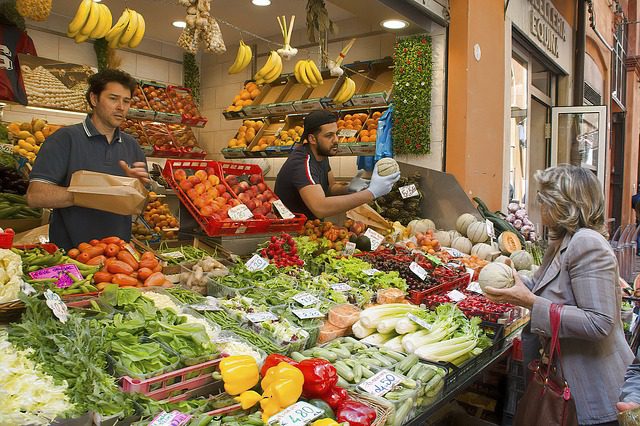
The Italians love their fruit and veg and the selection is huge and varied. Almost every street has a greengrocer with shelves piled high. Also, every district has its own farmers market day where you can find rows and rows of just about every fruit and vegetable imaginable at great prices.

5 – The Metro

Rome has one of the smallest underground metro systems in Europe. It has only three lines consisting of less than 40 miles ( 65 Kilometers) of track and hence is very easy to navigate.
The metro is great value, weekly and monthly tickets can be bought or single, one journey tickets cost just €1.50 ( Jan ’20) and can be paid for by a simple tap and go system using your debit or credit card at the entrance turnstiles.
It is cheap, regular, punctual and really simple to navigate – what’s not to like?
More details can be found by clicking here.
6 – The Collosseum
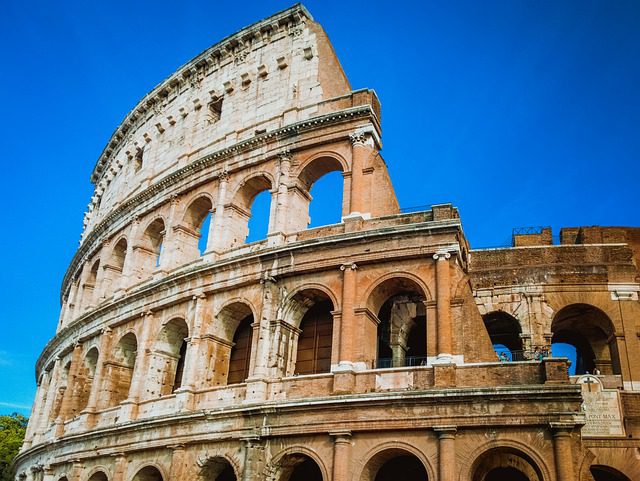
The Colosseum is the must-see attraction of Rome! It is one of the seven wonders of the world and is the most visited attraction of Rome. It is impossible to miss as it is located immediately as you leave the Colosseo metro station on the ‘A’ line.
The amphitheatre was built over two thousand years ago. It stands an impressive 189 metres long and almost 50 metres high. It is now considered to be one of the oldest and best-preserved human-made structures in the world.
It was built by Jewish slaves and took less than ten years from start to finish to complete.
In 1349 an earthquake caused some of its outside walls to collapse. This damage can still be seen today and gives the Colosseum its iconic look.
When the Colosseum was built it was the largest amphitheatre in the world and incredibly still holds that title to this day.
7 – The Fountains
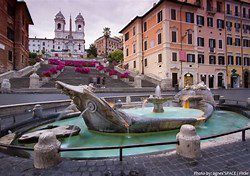
You can not walk very far in Rome without coming across a fountain. There are literally thousands of them, no other city in the world has more.
The fountains come in all shapes and sizes, many small and discreet but mostly they are huge, magnificent works of art.
It is impossible not to stop and marvel at their fine detail and workmanship. It seemed that just when you thought you had found your favourite, there is another, bigger, grander and more intricate in its detail waiting to be discovered around the next corner.

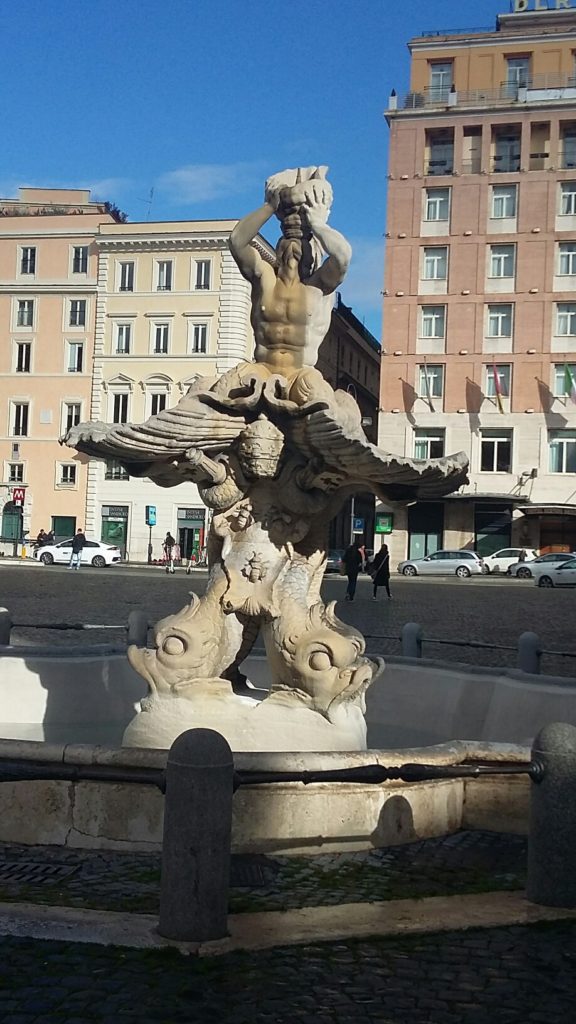
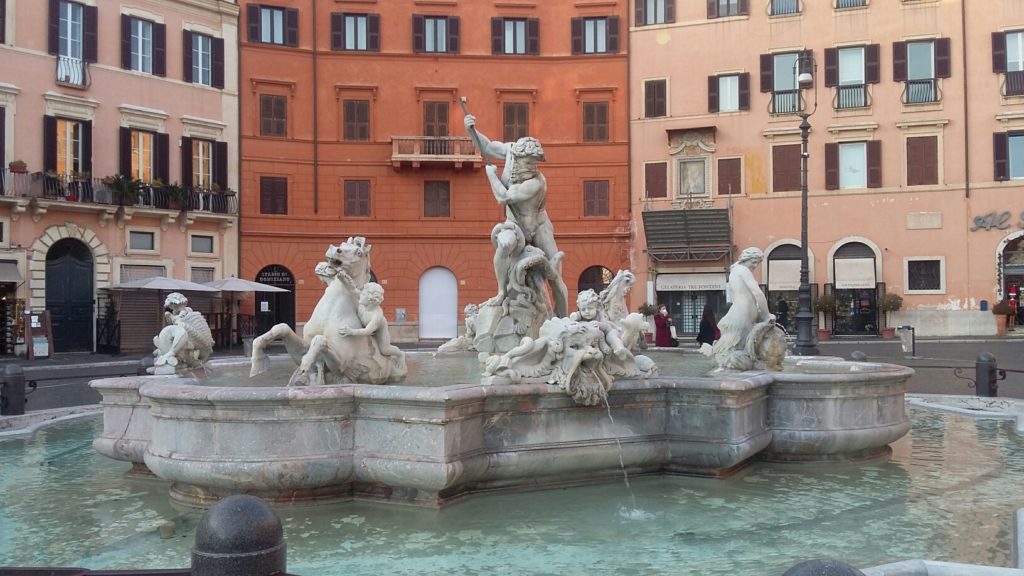
8 – The Trevi Fountain

The Trevi Fountain is the most famous of all Rome’s fountains and so deserves a mention all of its own.
Having appeared in numerous films everyone wants to throw a coin ( or three! ) over their shoulder into this fountain. Be prepared for crowds! We loved our visit to The Trevi Fountain and I have written a post entirely dedicated to it- you can find it by clicking here.

9 – Janiculum Hill
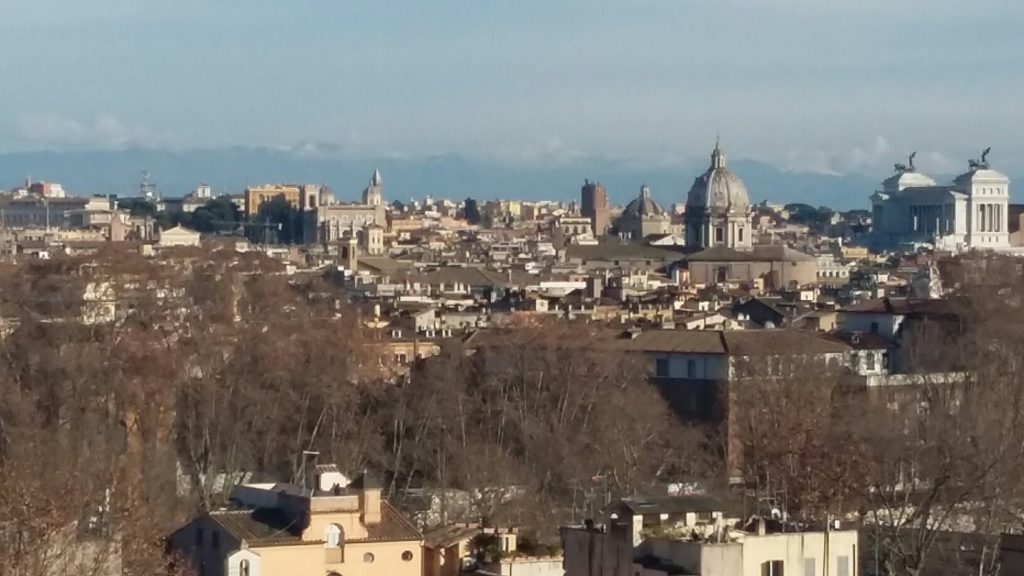
This hill is just outside the boundary of the city but I have added it to my list as from the top it provides one of the best views of the city you are likely to get – breathtaking is not an understatement.
It is a steep walk to the top but once you reach the summit you are well rewarded with a beautiful quiet space away from the madness of the city below.
Here you will find one of Rome’s largest fountains, The 17th century Fontana dell’Acqua Paola.

The Janiculum hill is historically famous as it played an important role in the defence of Rome in 1849 when Guiseppi Garibaldi led the defeat of an attack on the city from the French.
There is a large brass sculpture of him astride his horse on the top of the hill and the paths in the area are filled with white marble sculptures of other heroes of the battle.
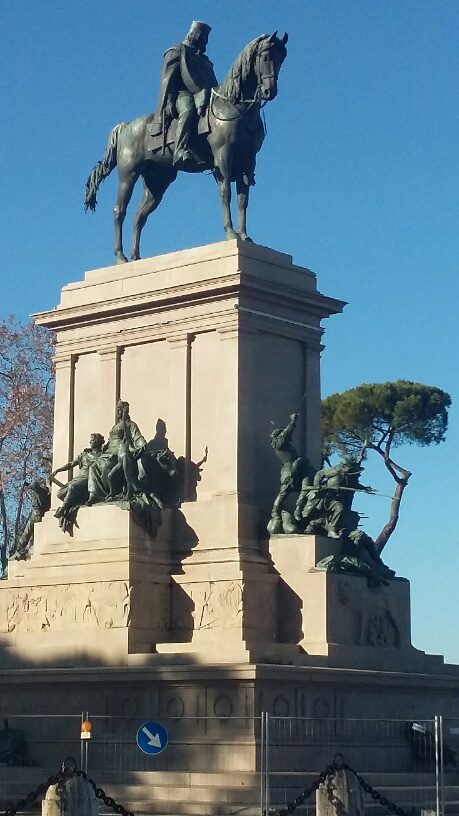
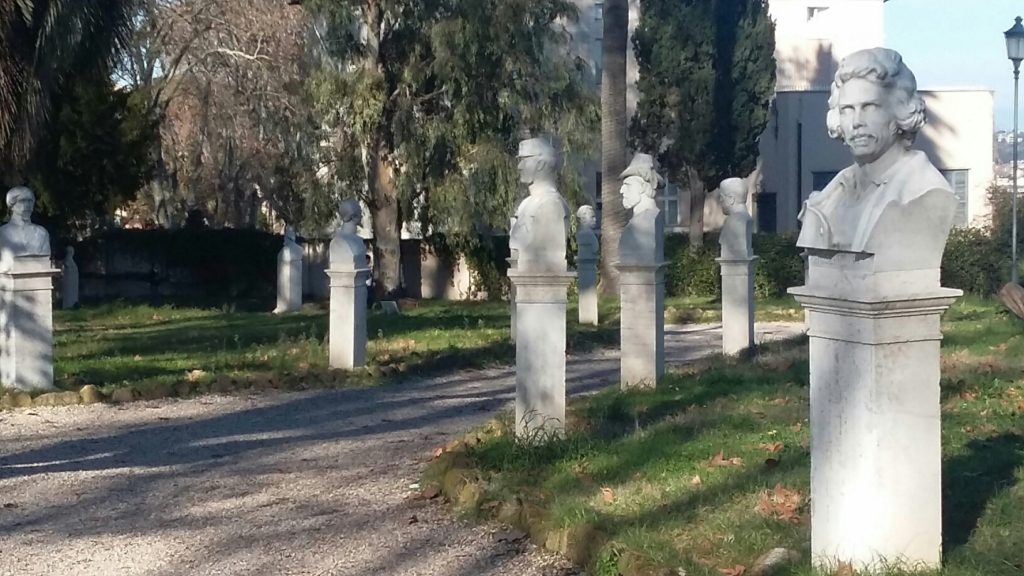
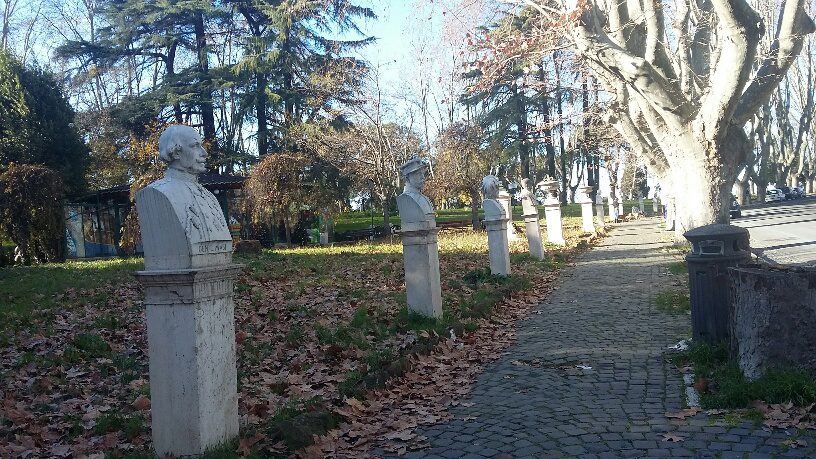
Don’t be alarmed if you hear cannon fire ( it made me jump! )l Every day since 1904 at 12 noon a cannon is fired from the hill to mark midday in Rome.

10 Carciofi (Artichokes)

I was never really a lover of artichokes but after our visit to Rome, I am converted.
I had no idea how popular they are in traditional Italian cooking and during their season of mid-January – mid-April they are available in abundance on every restaurant menu as well as piled high in all shops and street markets.
In restaurants, they can be ordered in two main ways. ‘ Alla Romana’ (Roman Style) – cooked in oil and garlic or ‘Alla Giudia’ (Jewish style) – deep-fried twice in different temperatures that produce a soft inner core and crisp outer petal – delicious and highly recommended.
11 – The Roman Forum

This huge archaeological site can’t fail to impress. It is really easy to stand here and let your mind wander back to a time when this area was a hub of everyday Roman life.
The remains of ordinary shops and dwellings are mixed with more extravagant structures – temples and palaces. It’s said that the ruins we see today are not from one period of time but a mixture of many hundreds of years with the oldest dating from around 500BC. It is mind-boggling that they are still standing to be admired in the 21st century.

12 – The Pantheon

We were disappointed not to be able to go inside The Pantheon. Covid restrictions meant that on the day we visited it was closed. However, as it is such a magnificent building it still makes my list
The word ‘Pantheon’ comes from the Greek – Pan (all) theon (Gods)
This Pantheon was originally a Roman temple and is the most well preserved ancient building in Rome. As well as a museum and top tourist attraction it is also a working church and services continue to be held every Saturday and Sunday.
The Pantheon we see today is actually the third building on the site. The original structure was built around 25 B.C. That was destroyed by a fire in 80 A.D. Then, in 110 A.D, A lightning strike caused another fire that destroyed the building yet again. Finally, it was rebuilt once more somewhere around 125A.D by Emperor Hadrian. The same guy who initiated the building of Hadrian’s wall in 122A.D.
It is difficult to be precise about the date of the final construction as Hadrian chose not to inscribe his temple personally but instead added the inscription of the original building as a mark of respect to Agrippa, the original architect. The letters on the entrance of The Pantheon are in Latin and read –
M·AGRIPPA·L·F·COS·TERTIVM·FECIT
(Marcus Agrippa, the son of Lucius, three times consul, built this.)
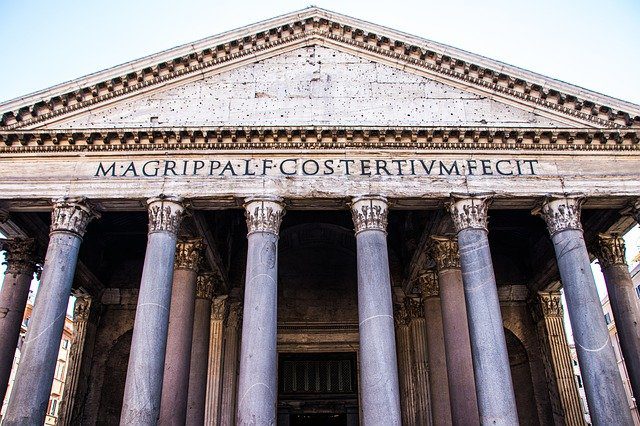
13 – The Vatican City
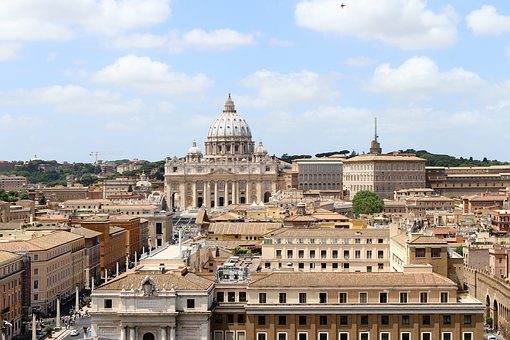
Vatican City is the headquarters of the catholic church and is, in fact, the smallest country in the world. It is completely landlocked by Rome and has a permanent population of approximately 1000 people. This is swelled on a daily basis when around 30,000 tourists flock here, either as a religious pilgrimage or, as in our case, just plain old curiosity.
You need to give a whole day to discover the Vatican city properly. There are many places of interest to see here including St Peters square, St. Peter’s Basilica, Vatican Gardens, Vatican Museums and The Sistine Chapel.
Normally this place would be heaving with tourists but when we visited, due to Covid restrictions we were two out of approximately 50 tourists. This gave us a once in a lifetime opportunity to leisurely walk around. On the day we visited the whole place had a sense of calm about it and the privilege was not lost on us.

The Vatican mints its own Euros, has its own post office, flag, national anthem, and also issues passports and license plates. It is governed by an absolute monarchy with the pope as the head of the state.
It does not have a taxation system but the economy of the country is supported by the sale of postage stamps, souvenirs, fees for museums etc. Italians also have the option to donate 8% of their tax’s to the Vatican rather than it going directly to the government. This is a scheme that many choose to opt in to.
The economy of The Vatican is shrouded in secrecy. There have been a few high profile investigations concerning accusations of money laundering but they are definitely not short of a bob or two. Estimates of their annual income revenue vary drastically but usually start at around €300 million per annum!
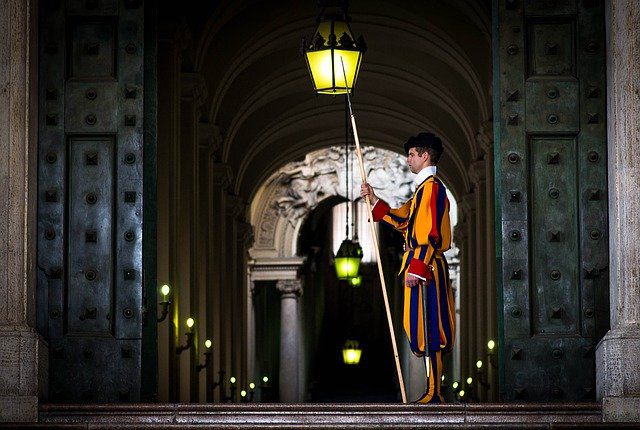
14 – St Peter’s Basilica

St Peter’s is a church built in the Renaissance style, It is situated at the top end of St Peters Square in the Vatican City. Its huge dome can be seen from all over Rome.
It is the largest catholic church in the world, its dome was designed by Michaelangelo and it is believed that St Peter, one of the apostles of Jesus is buried here.
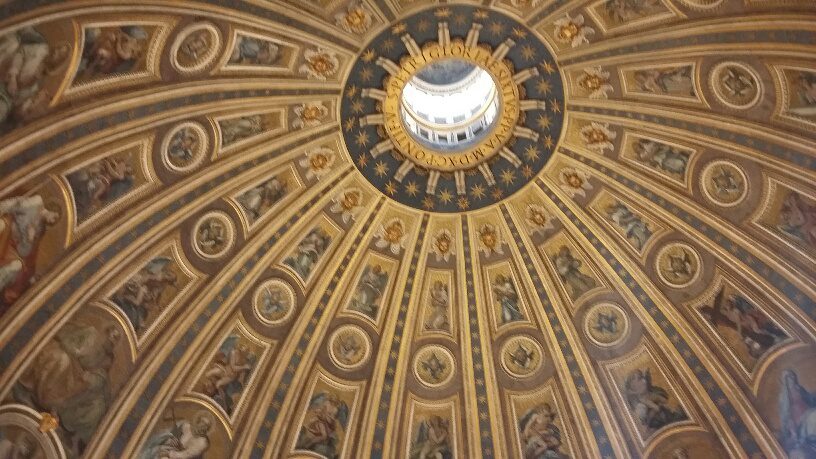
The construction of the Basilica started in 1506 and was completed in 1615.
Religious or not it is impossible not to be mesmerised by the sheer size and architecture inside. For €8 each you can climb the 551 stairs to the dome ( or take a lift halfway up for €10)
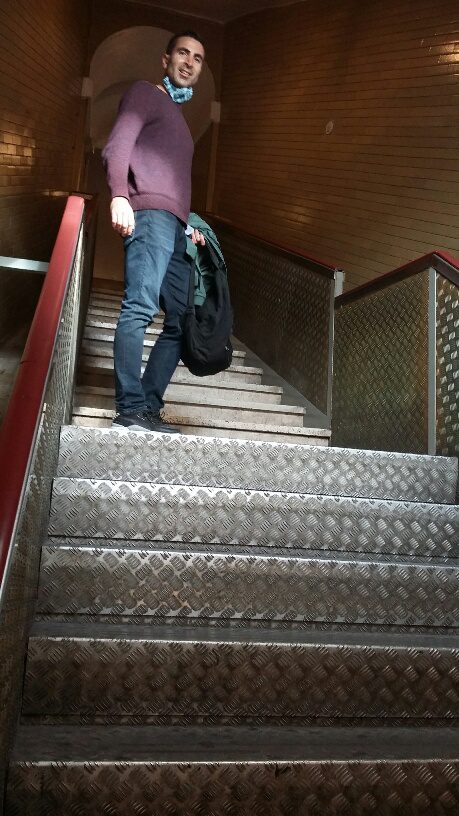
There are amazing views along St Peter’s Square from the top of the Basilica. The view is from behind the 13 large statues that stand along the top of Basilica’s facade.
From here, more stairs then take you to the very top of the dome to give you a sweeping view over the whole of the Vatican City.
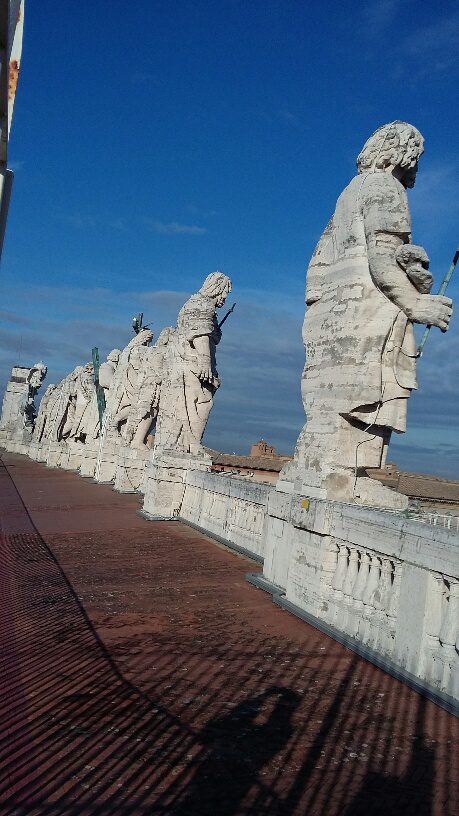
Thankfully, for those of a certain age (me) there is also the welcome sight of a toilet, small cafe and gift shop for a well-deserved rest.
15 – Saint Peter’s Square
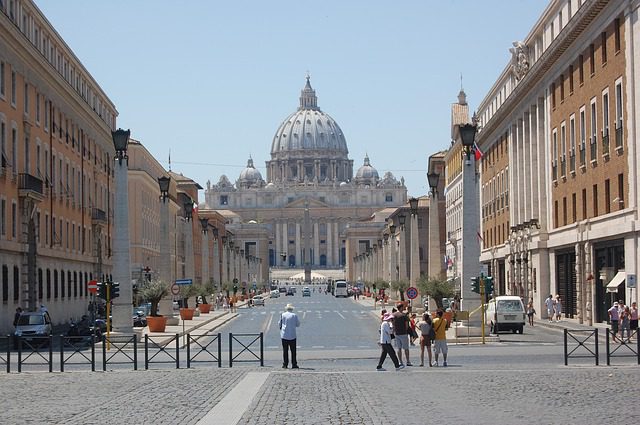
For maximum impact, The best way to arrive at St. Peter’s Square is along the Via Della Conciliazione, a long street that leads you directly to the square.
It was designed by Bernini during the seventeenth century, at 320 meters long and 240 meters wide it can hold over 300,000 people.
Ironically, St Peter’s Square isn’t a square at all, it is a huge circular area that is surrounded by 284 large marble columns. Above the columns stand statues of 140 Saints.

This is a place of great religious significance and is where the crowds will gather to catch a glimpse of the Pope as he stands on the balcony at St Peter’s Basilica.

Standing just below the balcony where the Pope stands and looking down St Peter’s Square as we were able to do really does allow you to get a feeling of the magnitude of these gatherings.
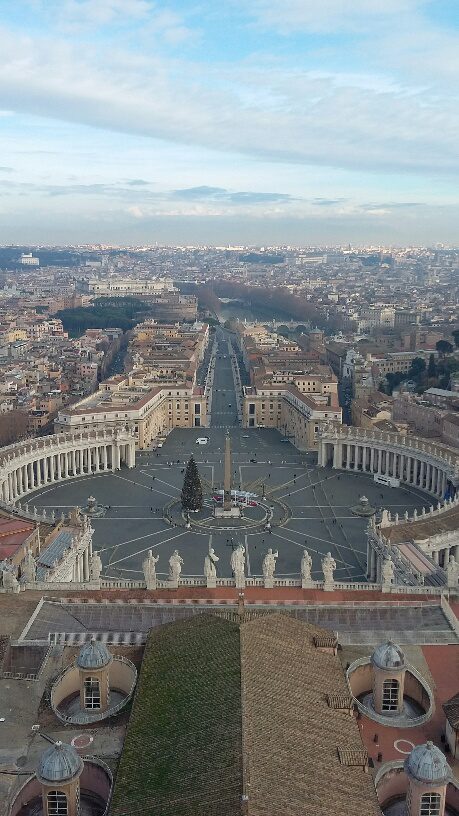
![]()
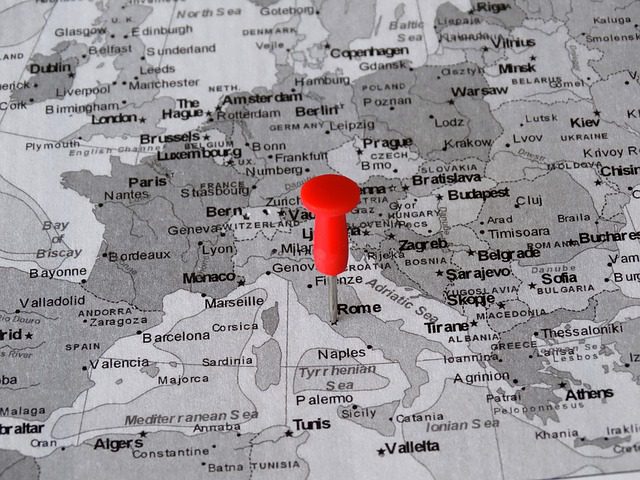
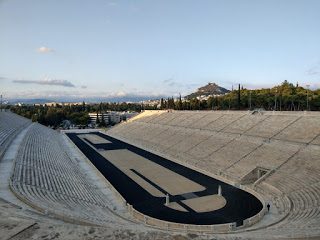
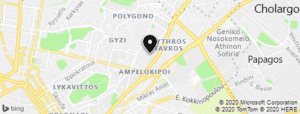

What an amazing time you have had in Rome… you have truly discovered what millions never get to find!
Looks fab. We loved Rome and want to return. You are so fortunate having the place to yourselves (almost). When we visited, everywhere was heaving with tourists. Look forward to hearing about your next adventure.
What an fab and interesting, informative read with wonderful photographs too. Enjoy and stay safe xx
Thanks Paula – It is really kind of you to say so – I really appreciate it x
Move over Michael Palin !! There’s a new kid on the block. A great read boys !
Cheers Rod – although I was thinking more Gloria Hunniford 😉
A wonderful place. If it’s allowed, and the weather is fine, a trip out to Castel Gandolfo on the train makes an easy little rural excursion.
amazing, thanks – really enjoyed this 🙂
Thanks Barrie – We loved Rome and will definitely be returning when the world gets back to normal
That was a great post darling, you captured Rome perfectly 😘
Thanks Alex x